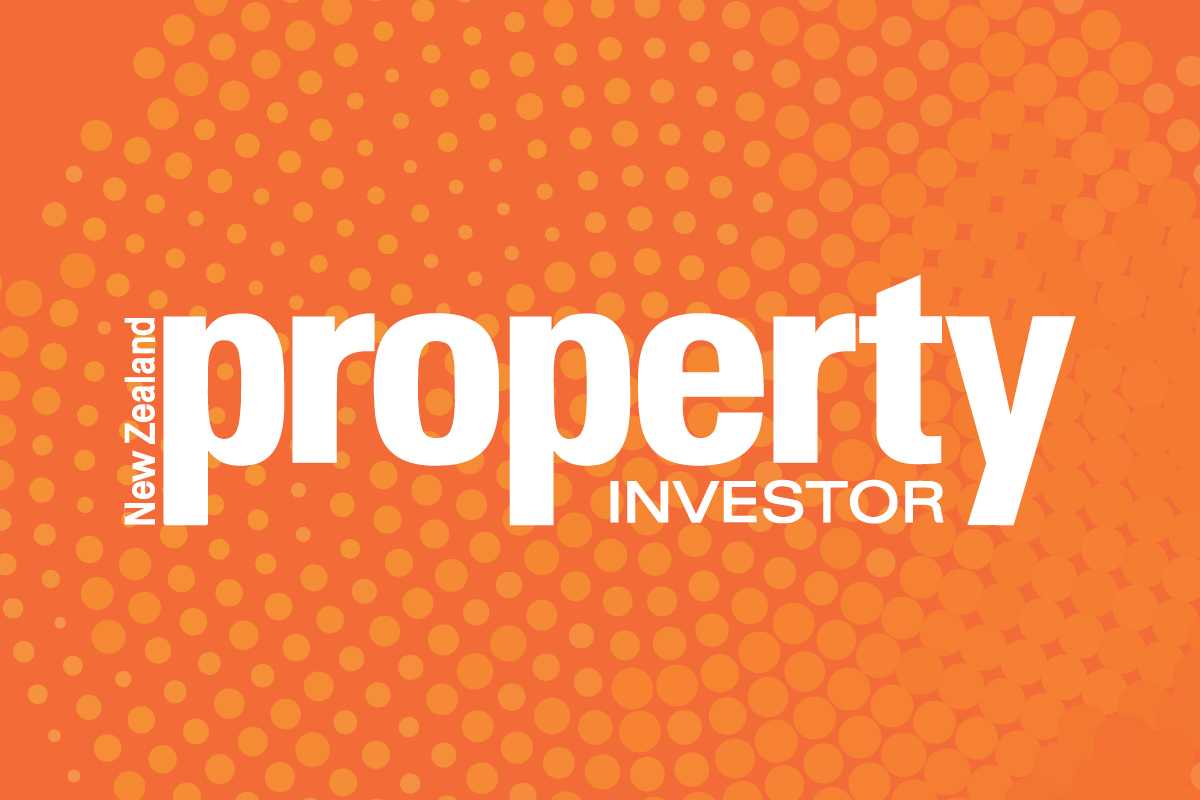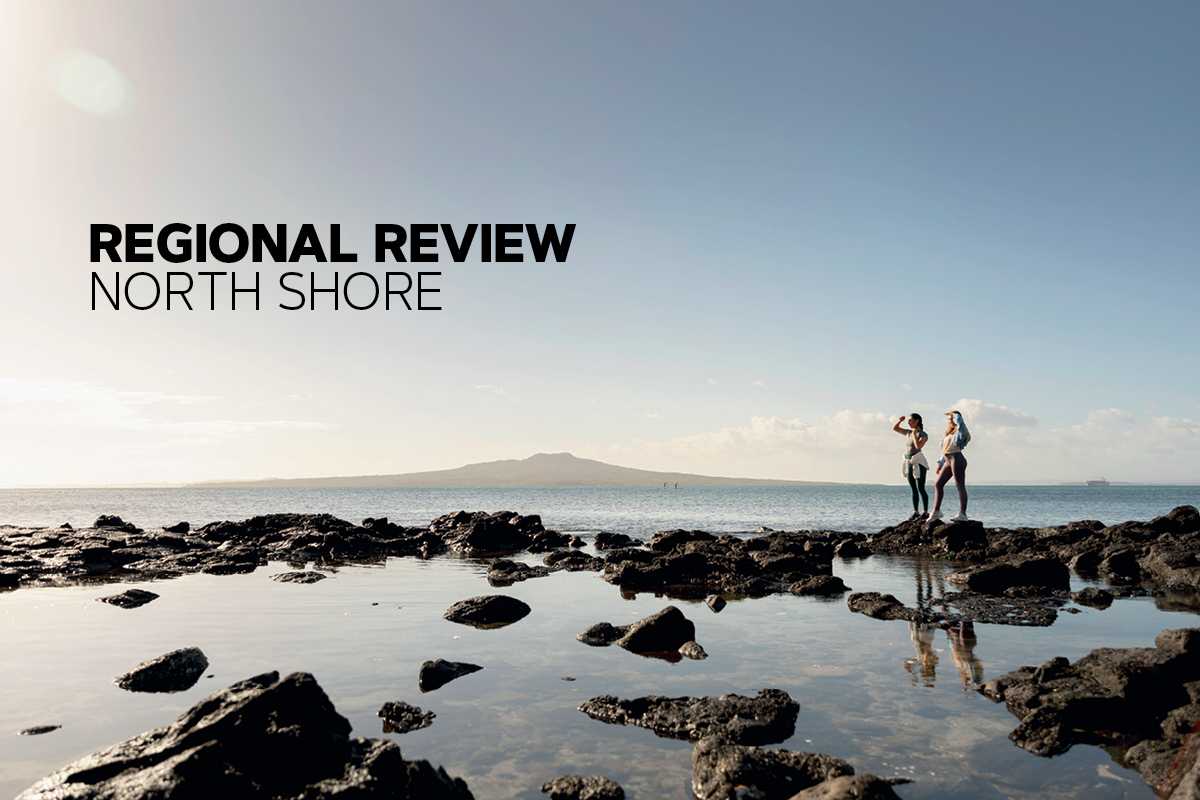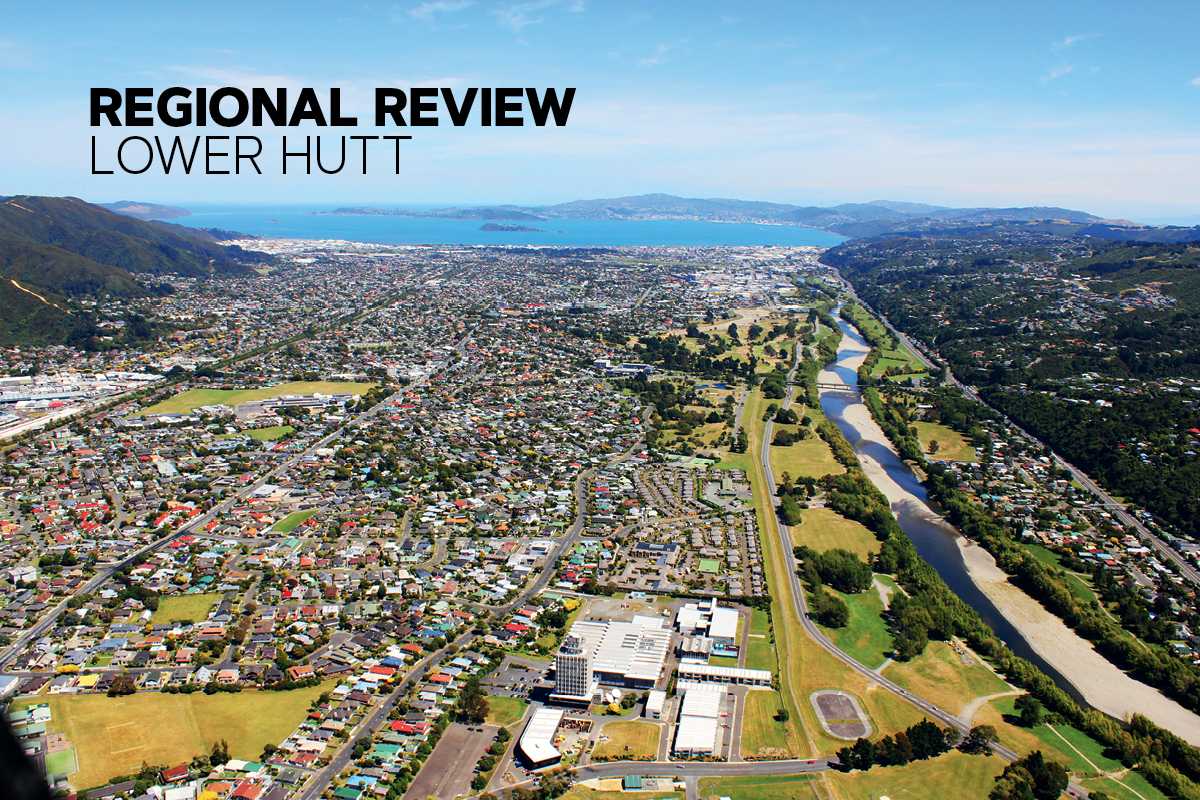
Corelogic Gisborne
KELVIN DAVIDSON, SENIOR RESEARCH ANALYST CORELOGIC
1 August 2019
The Data
Rental data is sourced from the Ministry of Building, Innovation and Employment (formerly the Department of Building and Housing) based on rental bonds lodged. This rental data is supplied to us, grouped into geographic areas based on statistical area units used by Statistics NZ for the census, and as a result do not always match well with common usage suburb names.
The rental data for each area is matched to house price information from our database to determine property prices and therefore yield. The yield is calculated as the annualised rental income divided by the median house value calculated using our E-valuer.
Market Composition
As is common around most of the country, Gisborne’s rental property market is dominated by houses, with some flats, and a smaller number of apartments. Of the 169 properties on the market, 129 (76%) are houses, with 28 flats (17%), and the remainder (12. 7%) is apartments.
Rural Gisborne’s current rental property market is made up entirely of houses (24 properties). The other 145 properties in the area are all in Gisborne itself, 19% (28) of these are flats and 8% (12) are apartments. That leaves 105 rental houses in Gisborne itself, or 72% of the city’s supply.
House Size, By Bedroom Count
Looking at the 129 rental houses across the Gisborne region, none have either one bedroom or five bedrooms. Almost two-thirds (64%, or 83 properties) of these houses have three bedrooms, while another 25% (32) have two bedrooms, and 11% have four bedrooms (14 properties). It’s very common across the country for most of the rental stock of houses to be in the three-bedroom bracket.
Rural Gisborne has 24 rental houses, 18 (75%) of these have three bedrooms, and six have two bedrooms. This part of the region has no four-bedroom rental houses on the market.
In Gisborne city itself, the 105 rental houses are comprised of 26 properties in the two-bedroom bracket, and 14 with four bedrooms. That leaves 65 rental houses with three bedrooms, or 62% of the market in the city itself. Overall for the Gisborne region, three-bedroom houses in the city itself are the biggest individual category in the rental market, at a share of almost 40%.
Rent And Yield
By matching average value to rent we can look at gross yield for three-bedroom houses in each area.
Across the two sub-areas of Gisborne’s rental property market, the key rent and value measures are pretty similar. Rural Gisborne’s median weekly rent for three-bedroom houses is $380, and the city itself is only slightly higher at $385. Median property values are also similar, at just short of $323,000 for three-bedroom houses in Rural Gisborne and just short of $327,000 in the city itself.
It follows that gross yields are also similar in both sub-markets, in fact they’re the same at 6.1% for three threebedroom rental houses. That’s an attractive figure, compared to the nationwide mark (across all property types and bedroom counts) of closer to 3%.
In Gisborne itself, rents for threebedroom houses have risen by a hefty 13.2% over the past year, and property values by 6.1%. This means yields have increased, and moreover with both parts of the yield calculation rising, this also signals overall strong demand for property in the city. In Rural Gisborne, rents for three-bedroom houses are up by 11.8% over the past year, and values by an even stronger 19.0%. Although this means yields have dipped a bit, again, property demand is strong.




